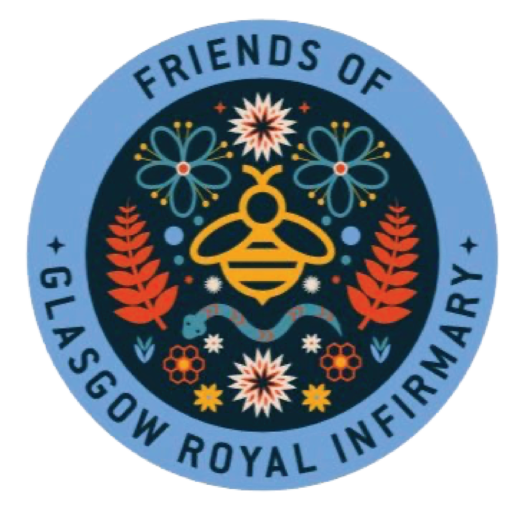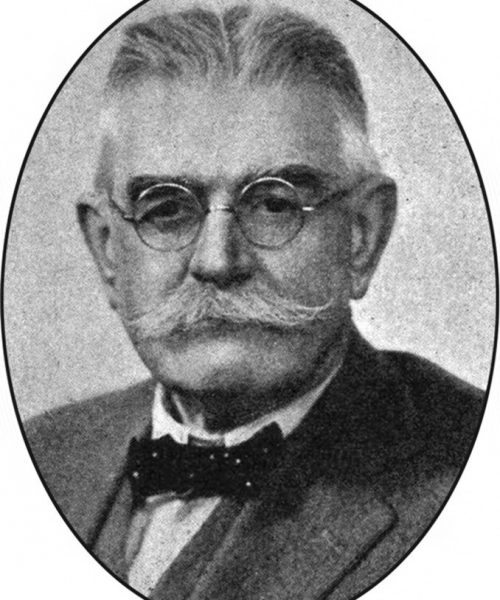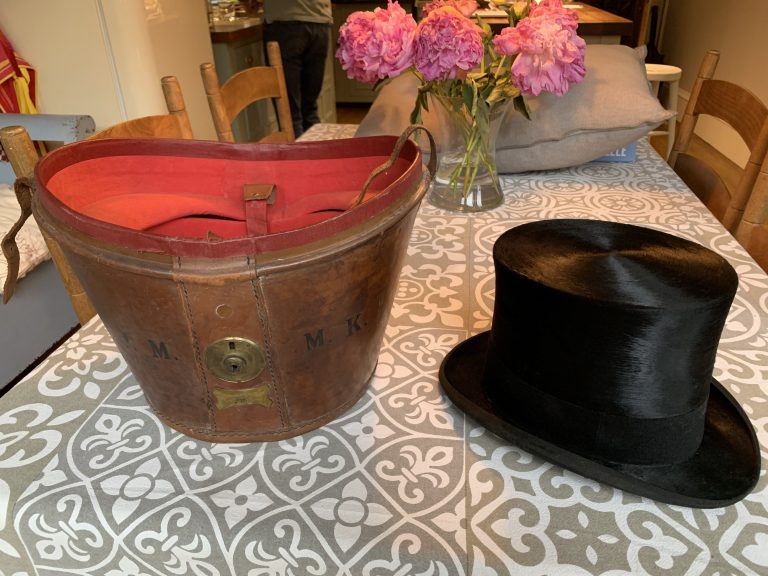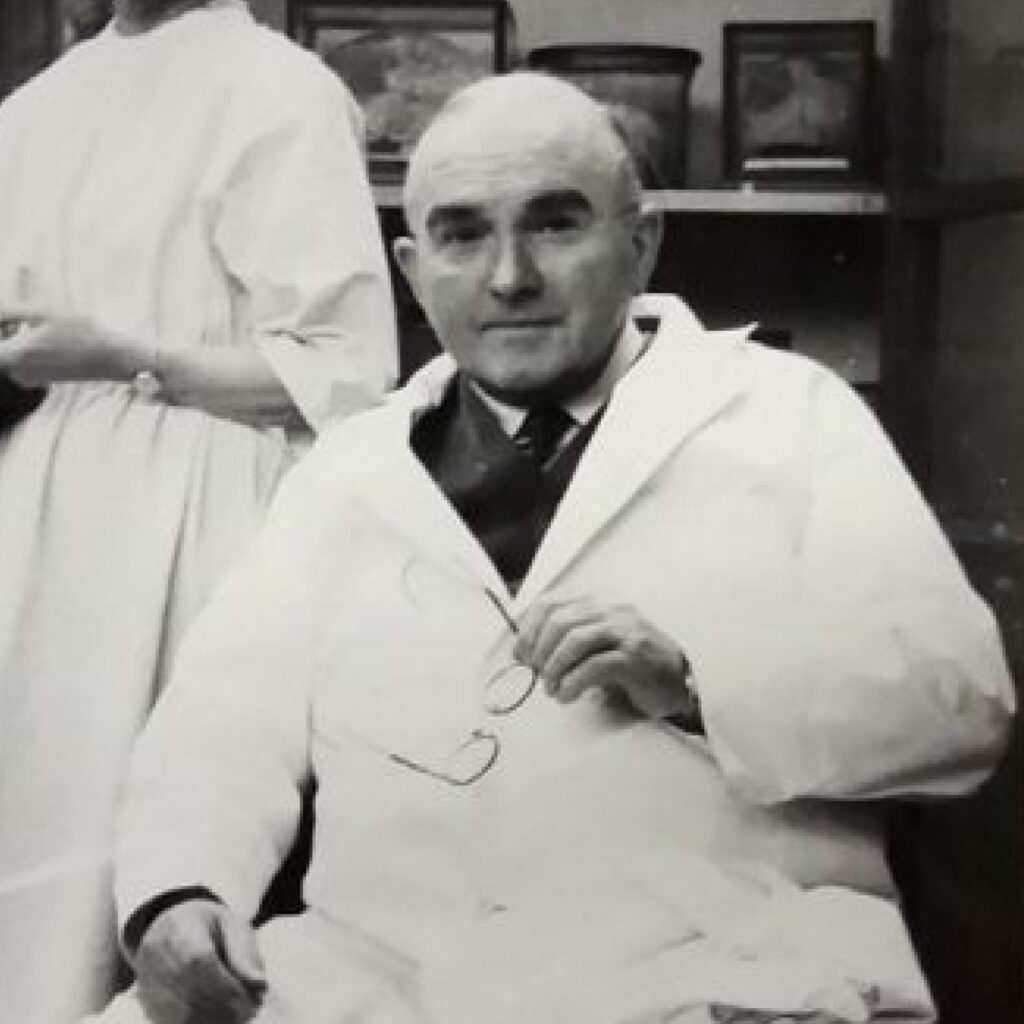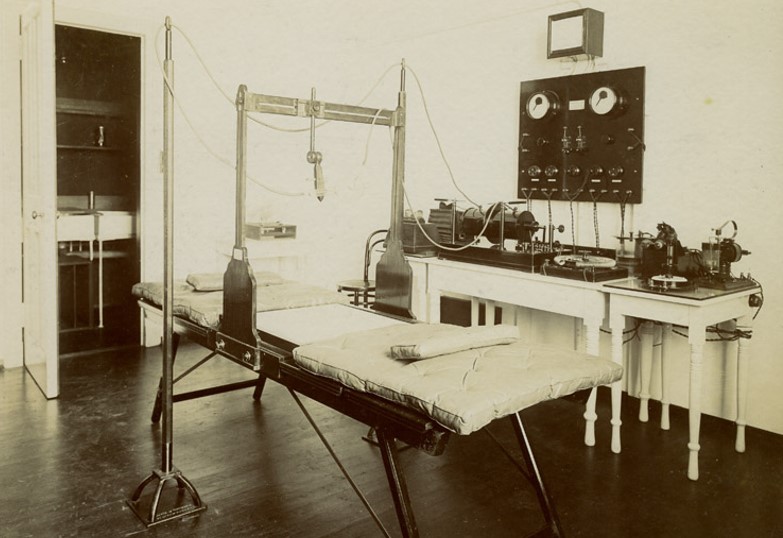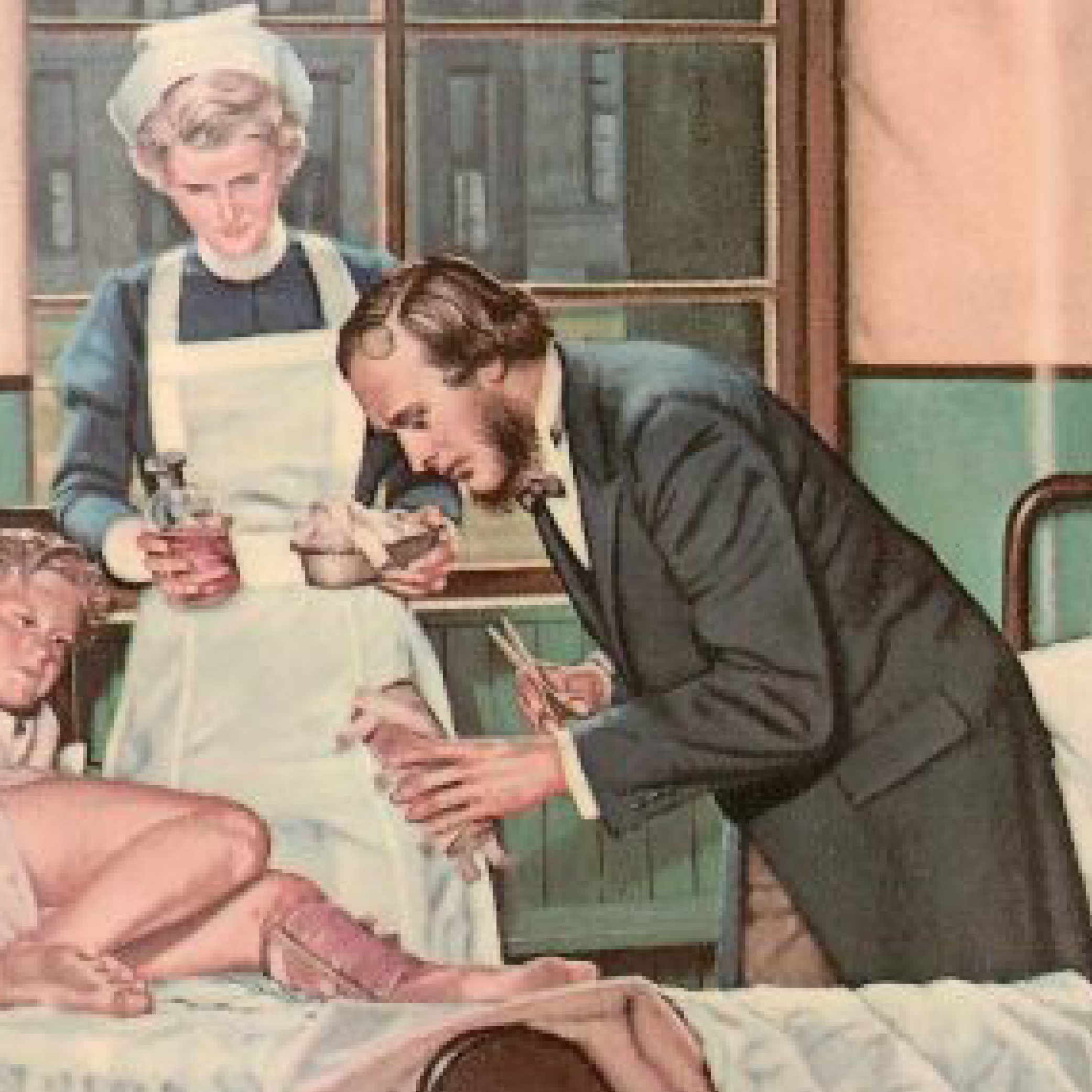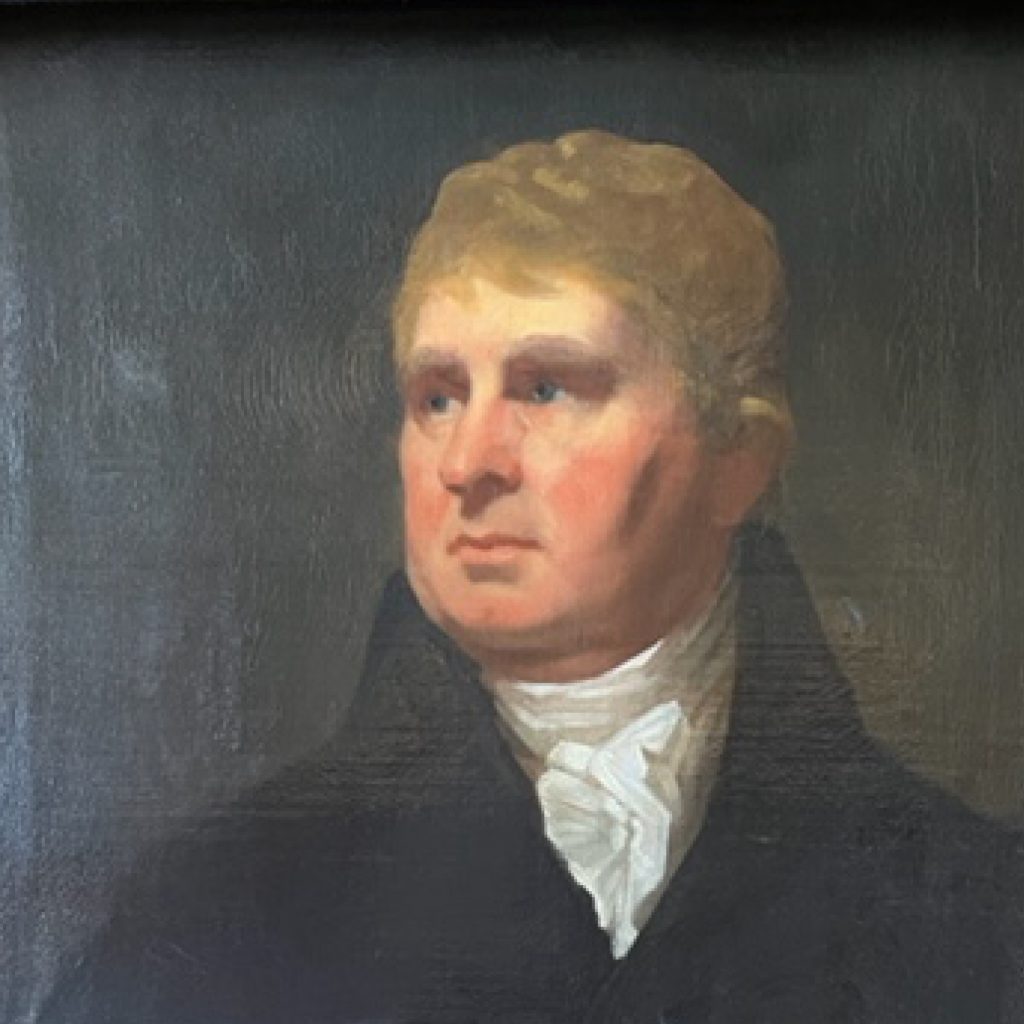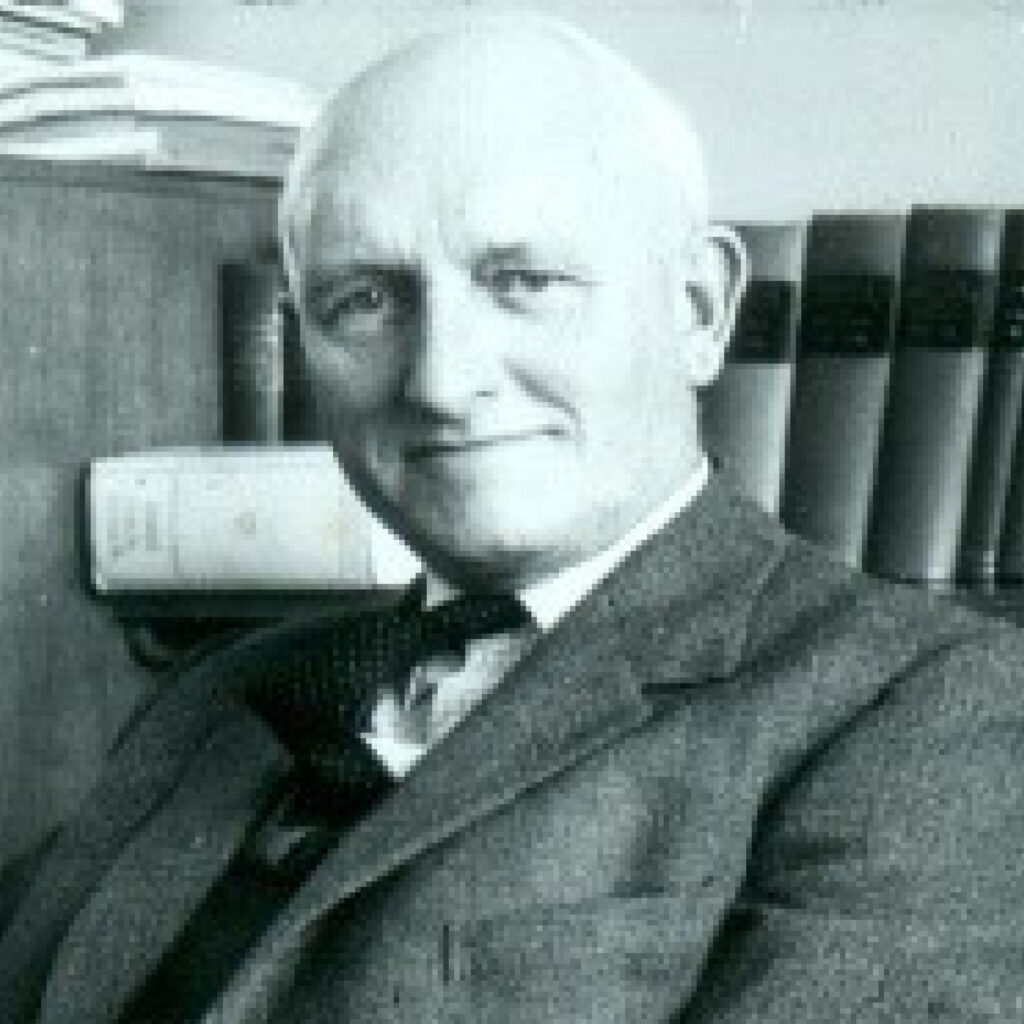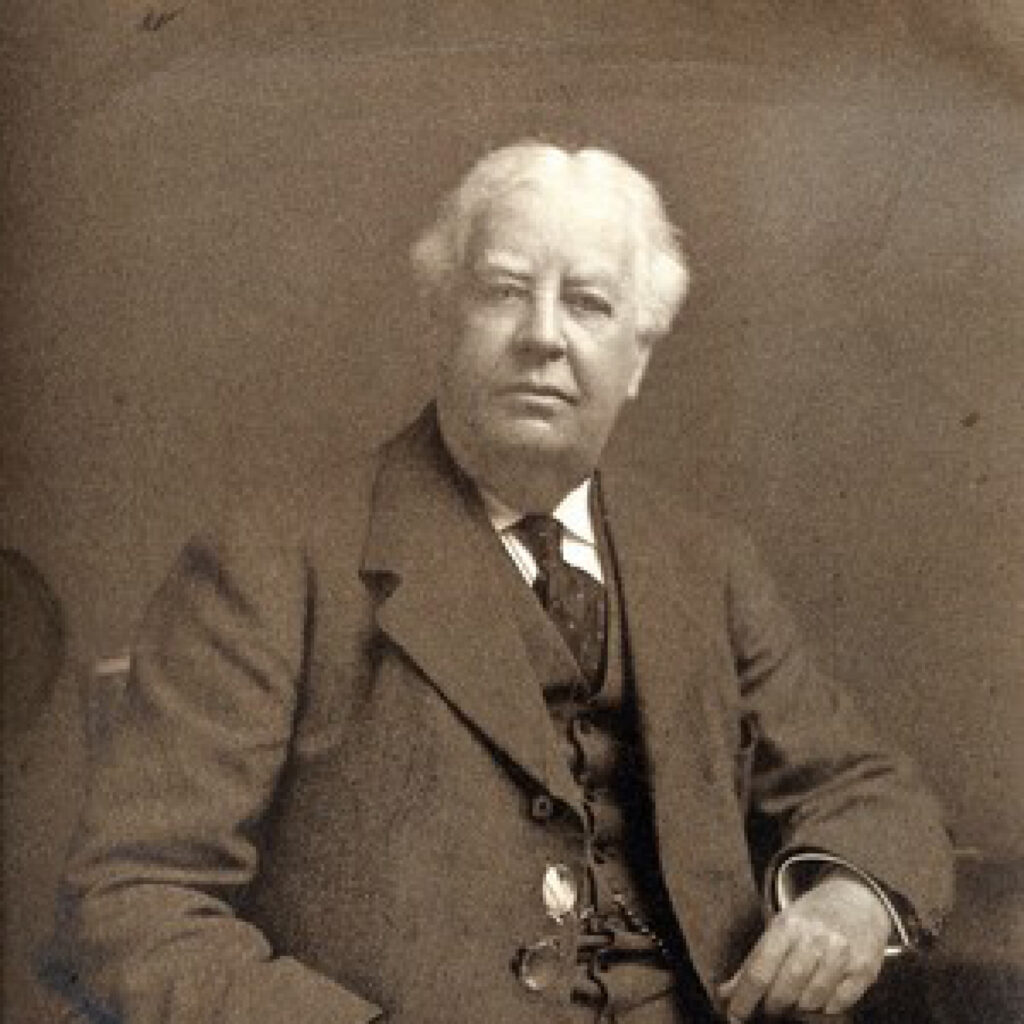Sponsor a Bee!
If you would like to sponsor one of our bees for £25 then please complete the form below and give one of the little guys a name!


Please enter your details & make your sponsorship payment.
First please complete and submit the form below to send us your chosen bee name and your contact details.
Thank you for your support!
We will be in touch to confirm your sponsorship as soon as your payment has been processed.
